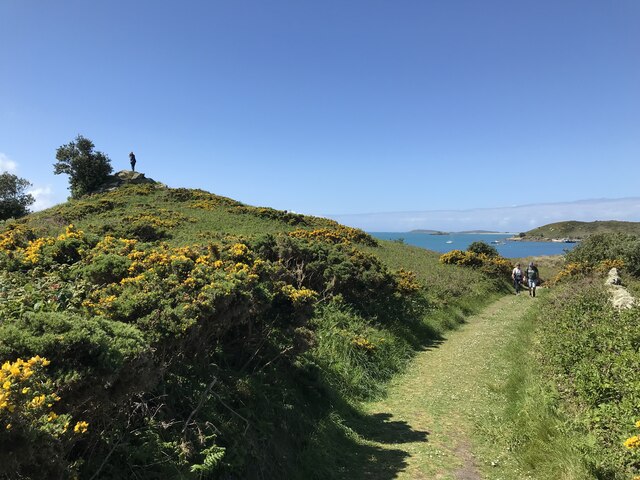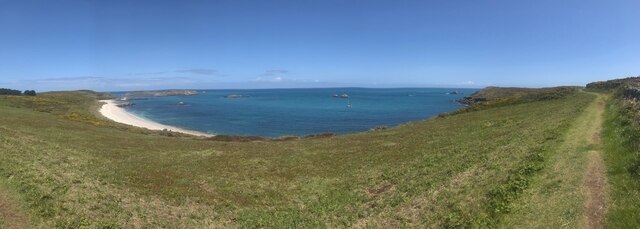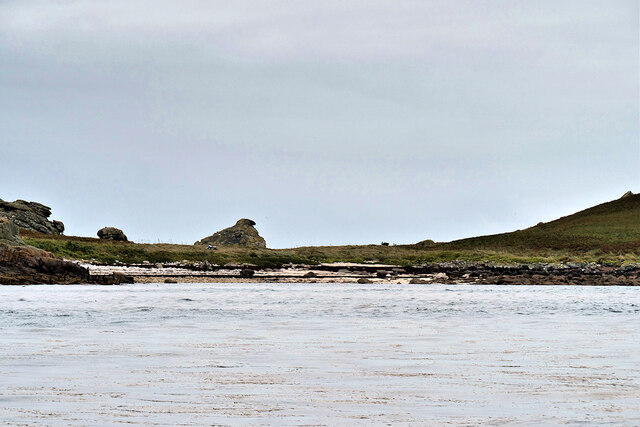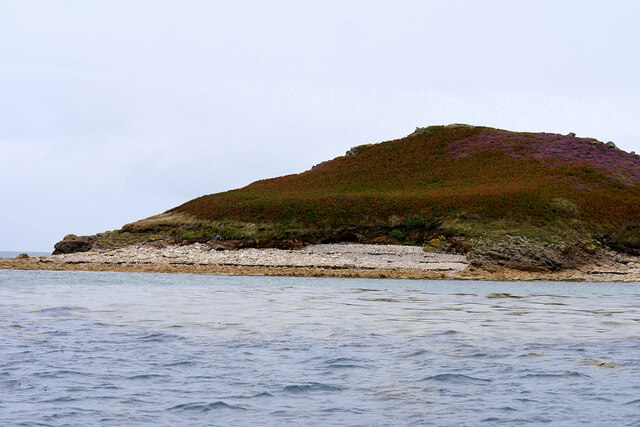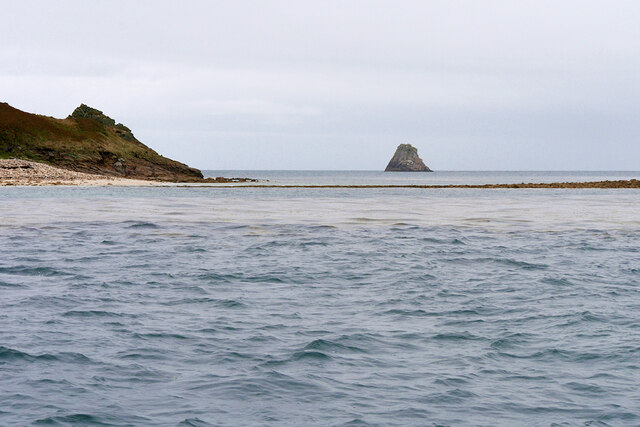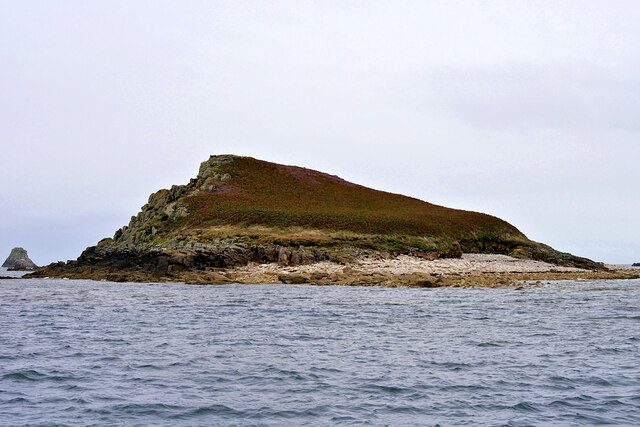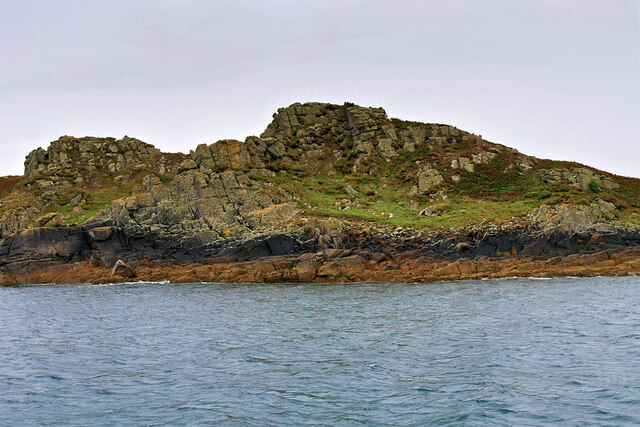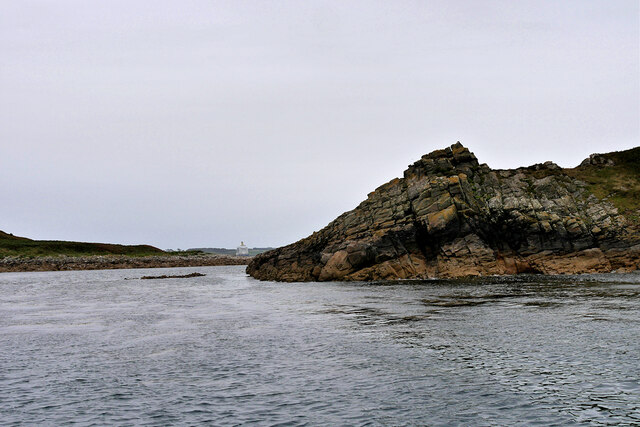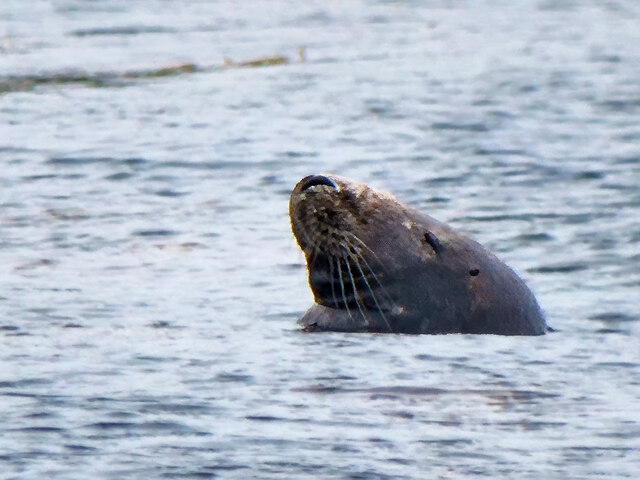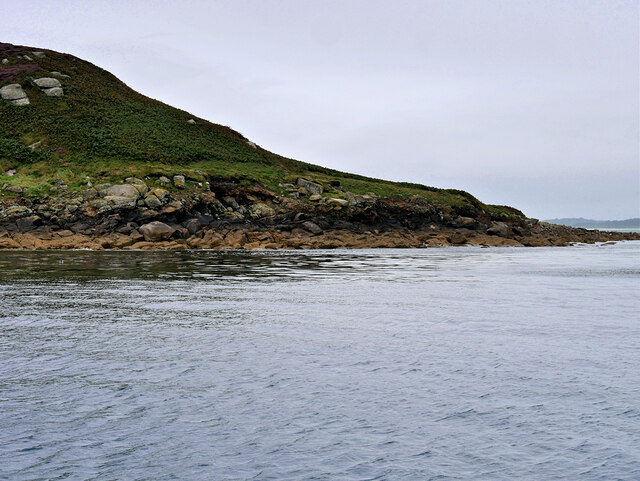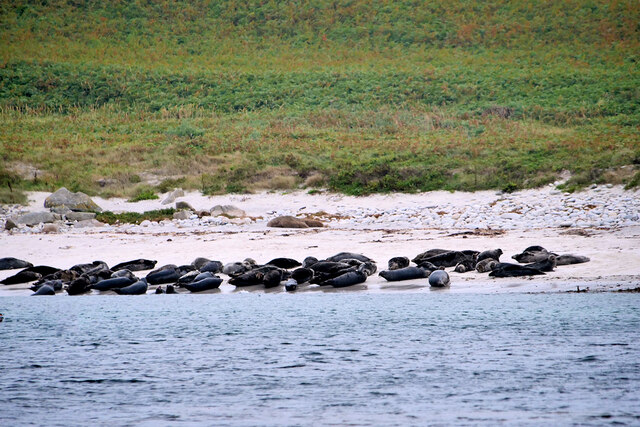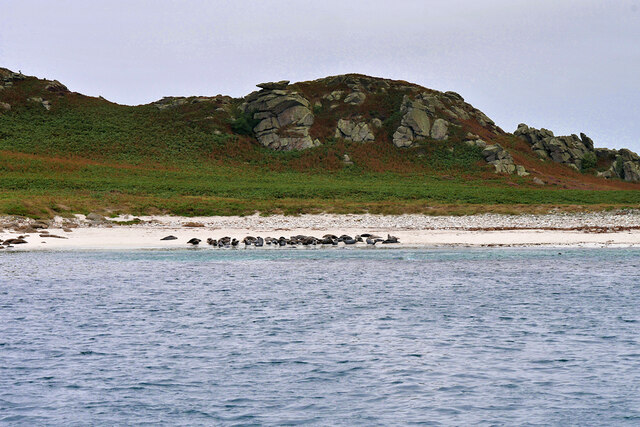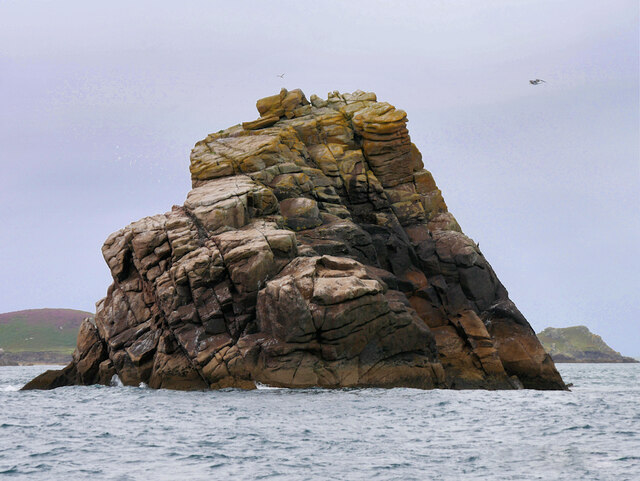Carn Levereth
Coastal Feature, Headland, Point in Cornwall
England
Carn Levereth
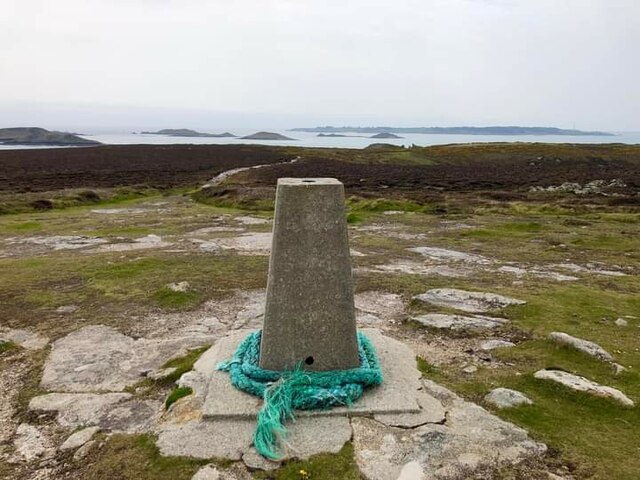
Carn Levereth is a prominent headland located in Cornwall, England. Situated on the southwestern coast of the county, it overlooks the Celtic Sea and offers breathtaking views of the rugged coastline. This coastal feature is characterized by its towering cliffs, rocky outcrops, and stunning natural beauty.
The headland is part of the larger Levereth Peninsula, which is known for its dramatic landscapes and rich marine biodiversity. Carn Levereth stands tall at an elevation of approximately 200 feet above sea level, making it a prominent landmark in the area. Its commanding position allows visitors to enjoy sweeping vistas of the surrounding sea, sandy beaches, and nearby coves.
The headland is a popular destination for nature enthusiasts, hikers, and photographers. The coastal paths that crisscross Carn Levereth offer visitors the opportunity to explore its wild and rugged terrain, while birdwatchers can spot a variety of seabirds that frequent the area. In addition, the peninsula is home to a diverse range of flora and fauna, including rare plant species and nesting sites for seabirds.
Carn Levereth is also steeped in history, with evidence of human occupation dating back thousands of years. Archaeological remains, such as ancient burial mounds and stone circles, can be found in the vicinity. These remnants serve as a reminder of the rich cultural heritage that is intertwined with the natural beauty of this headland.
Overall, Carn Levereth is a captivating coastal feature that seamlessly blends natural splendor with historical significance. Its towering cliffs, panoramic views, and abundant wildlife make it a must-visit destination for anyone exploring the Cornish coastline.
If you have any feedback on the listing, please let us know in the comments section below.
Carn Levereth Images
Images are sourced within 2km of 49.965679/-6.2639559 or Grid Reference SV9415. Thanks to Geograph Open Source API. All images are credited.
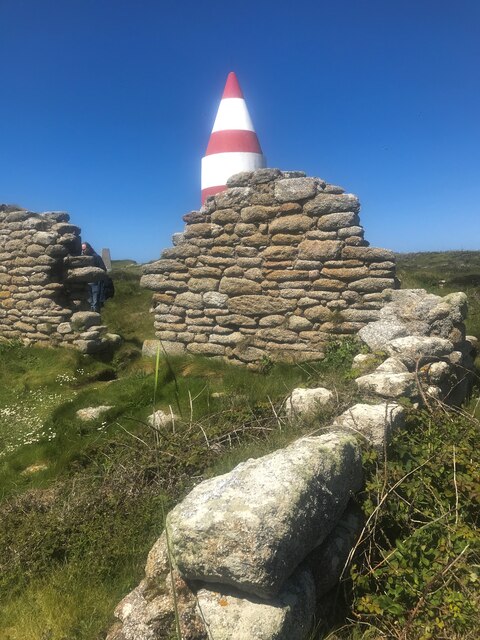
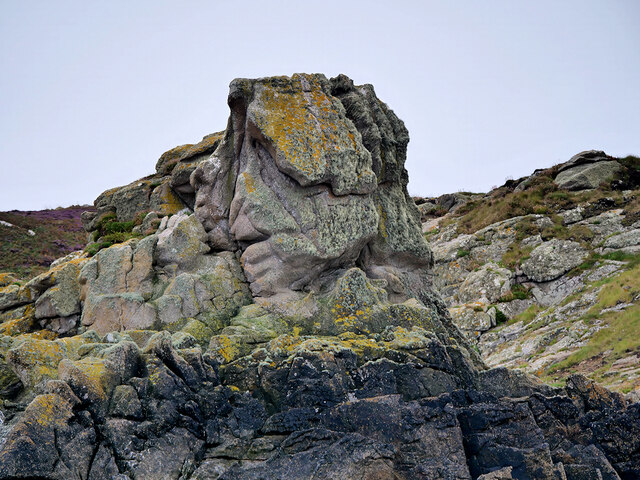
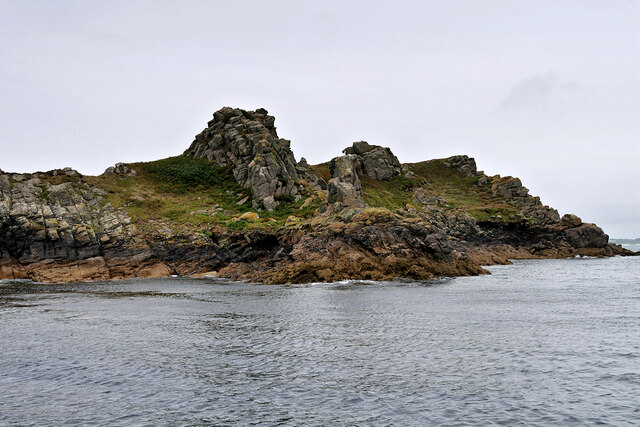
Carn Levereth is located at Grid Ref: SV9415 (Lat: 49.965679, Lng: -6.2639559)
Division: Isles of Scilly
Unitary Authority: Isles of Scilly
Police Authority: Devon and Cornwall
What 3 Words
///waistcoat.whips.stole. Near St Martin's, Isles of Scilly
Related Wikis
PS Earl of Arran (1860)
PS Earl of Arran was a passenger vessel operated by the Ardrossan Steamboat Company from 1860 to 1871 and the West Cornwall Steam Ship Company from 1871...
Higher Town, Isles of Scilly
Higher Town (Cornish: Trewartha) is the easternmost and largest settlement on the island of St Martin's in the Isles of Scilly, England. It is situated...
St Martin's Church, St Martin's
St Martin's Church, St Martin's is a Grade II listed parish church in the Church of England located in St Martin's, Isles of Scilly, UK. == History... ==
St Martin's Methodist Church, Isles of Scilly
The Methodist Church, St Martin's, Isles of Scilly is a Grade II listed chapel in St Martin's, Isles of Scilly. == History == Bible Christians arrived...
Nearby Amenities
Located within 500m of 49.965679,-6.2639559Have you been to Carn Levereth?
Leave your review of Carn Levereth below (or comments, questions and feedback).
